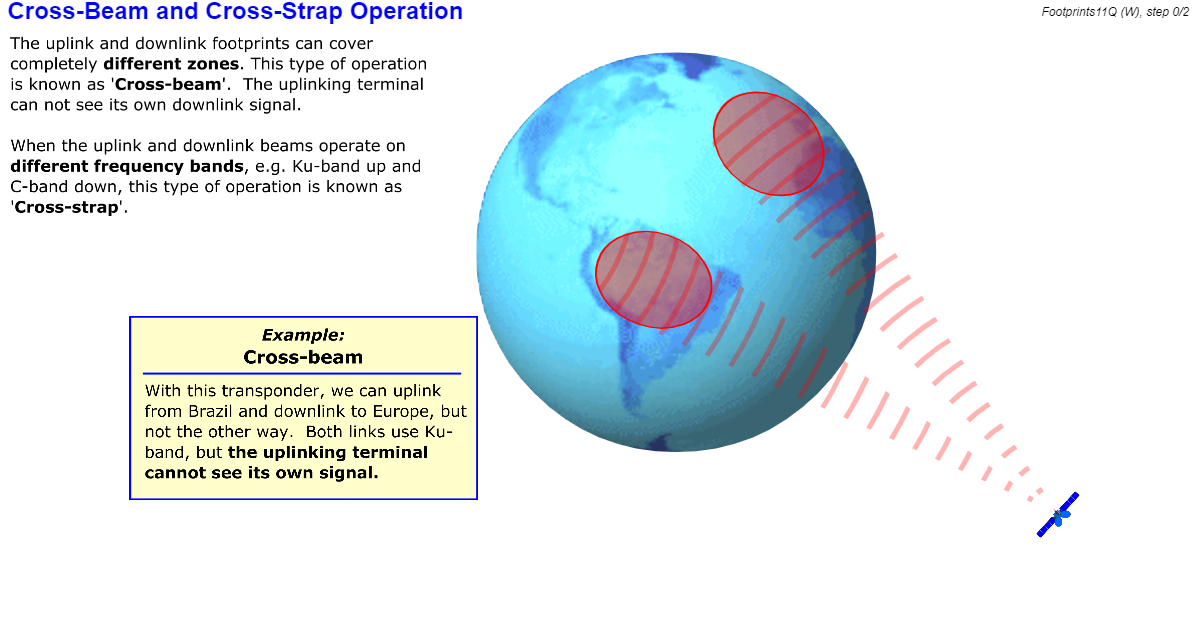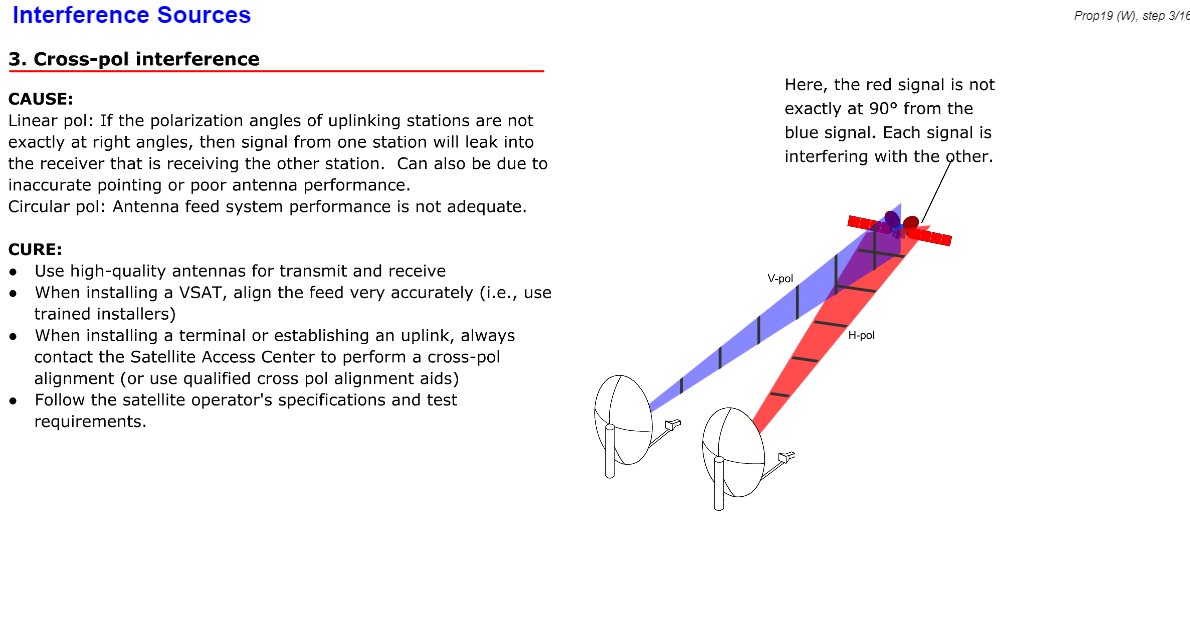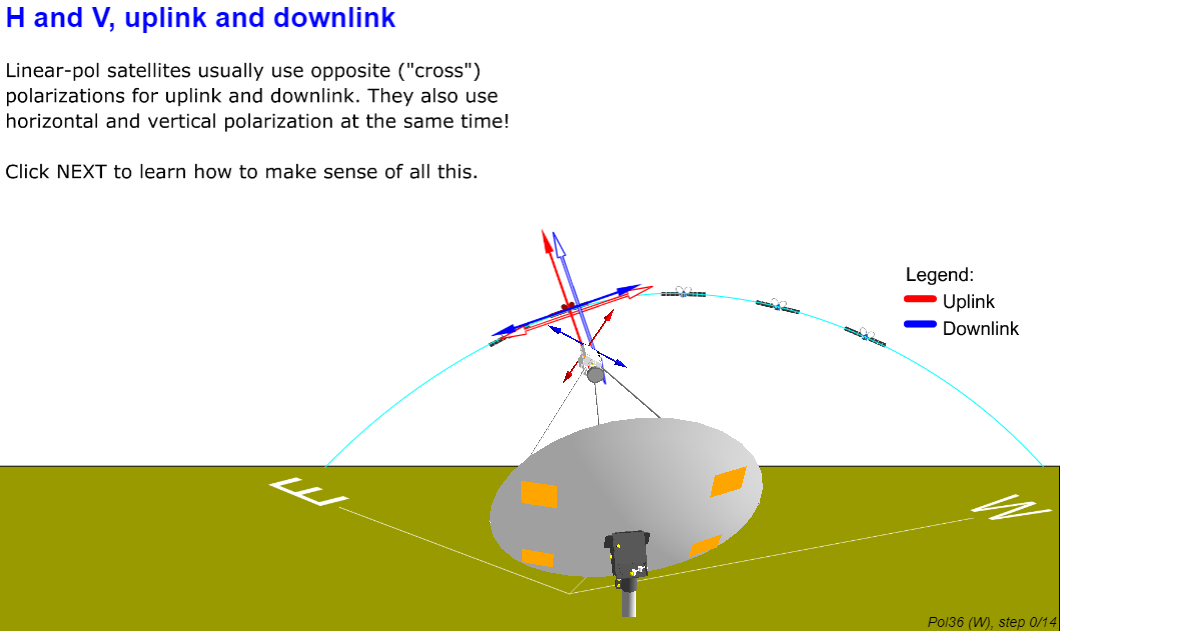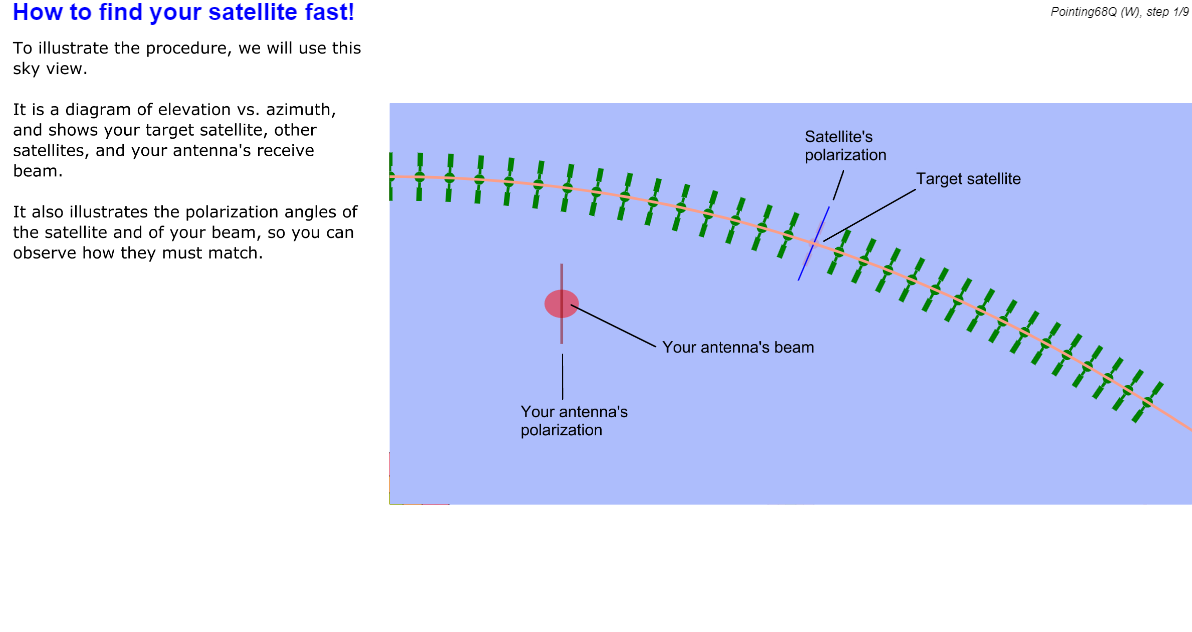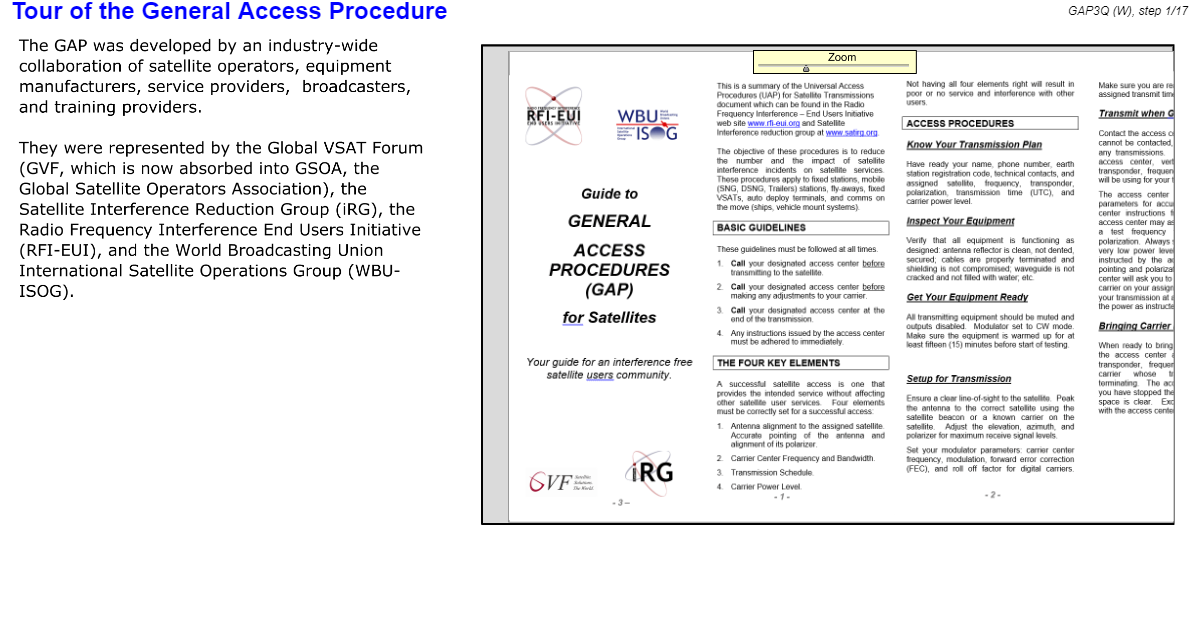Summary
-
Key skills for operators of manually-controlled, motorized earth stations, such as teleports and SNG trucks.
Description
In satellite news gathering (SNG) vans/trucks and in teleports, you're likely to find equipment with manual controls for antenna pointing, carrier setup, and a spectrum analyzer for monitoring the downlink.
In this course, which follows on from GVF 530 and 531, you will learn how to access a satellite using a manually-controlled earth station without causing unintentional interference, including all the theory, knowledge, and skills required to pass the Basic Technical Operator (BTO) certification exam. In particular, you will learn how to use a spectrum analyzer to identify your correct satellite and to accurately point with the beam balance method. You will learn how to correctly pre-set polarization and then contact a Satellite Access Center to complete cross-pol alignment and carrier activation according to the Universal Access Procedure.
Prerequisites:
GVF 530 and GVF 531 (recommended).
Why get certified?
Certification demonstrates technical competence and documents an ability to adhere to the satellite industry’s best practices. It’s easy for uplink operators to make interference and not even be aware they are doing it; as a profession, all uplinkers must take responsibility for protecting the satellite arc, and the right way to do that is to get trained and certified. The GVF certification exam portfolio is an excellent tool for assessing the skills of new staff candidates, evaluating individual performance capabilities, and identifying voids in skills and knowledge that can be addressed through training. Certification holders are also eligible to be listed in GVF’s online, searchable contact database. The GVF certification series is the only industry certification program that specifically addresses the skills and knowledge that all satellite uplinkers should have.
Exam and certification:
This course is part of a training sequence tailored for broadcsater certification examinations, which are implemented and hosted by GVF. If you have already taken courses GVF 530 and 531 and you complete the GVF 532 course, you will be ready to attempt the knowledge tests and simulator skills tests in the Basic Technical Operator (BTO) exam.Note: The BTO exam is given online on the GVF learning system, but it is not included in the GVF 532 course itself. You must enroll in certification exams separately, or join the GVF Training Membership, which includes this course and the BTO exam.
Delivery:
Animated & interactive HTML5, self-paced, on-line format. Requirements: internet access while studying the course material (high speed preferred ); current browser with JavaScript enabled; permission to access SatProf server and learning system websites; mouse.Lessons
- Course introduction.
- RF and Modulation, including antenna main beam and sidelobes; the effects of sidelobes; antenna size, gain, and beamwidth; waveguide sizes, components, and flanges; the function of the LNB; the function of a 70-MHz upconverter; calculating L-band, 70 MHz, and RF frequencies; amplifier compression, saturation, and distortion; overload effects using interactive simulator; HPAs, SSPAs, and TWTAs; symbol and bit rates; Bit Error Rate; Carrier to Noise Ratio.
- Satellites and links, including transponder and payload functions; frequency plans; calculating uplink and downlink frequencies; frequency computation exercises and tests; link budget concepts; cross-beam and cross-strap; sharing transponder power resources; fade compensation and ULPC; rain fade loss and zones; solar transits; stationkeeping; including inclined orbits.
- Interference prevention, including sources of interference; antenna gain patterns; off-axis emissions; effect of pointing error; licenses and permits, using C-band transportables in the U.S. as a case study.
- Polarization theory, including pol frequency re-use, H/V/uplink/downlink; XPD; feed rotation; finding the pol angle with a Look Angle Calculator; how to identify the pol axis; determining which direction to turn the feed.
- Pointing with a spectrum analyzer, including how to rapidly find the satellite; using the full-arc pointing simulator; how to use a spectrum analyzer; pre-set polarization; checking feed rotation and inclination; how to find a satellite with a spectrum analyser; how to identify the right satellite (tutorial, practice, and skills test), using beacons to adjust polarization; beam balance pointing with a spectrum analyser; start-to-finish practice and skills test using the simulator.
- GAP and access skills, including review and tour of the General Access Procedure document; uplinking etiquette; how to bring up a test carrier for cross-pol test; how to bring up a modulated carrier; access procedure skills practice and skills test using interactive simulator.

